

I have considered making my own spectroscope for a number of years, however, with the availability of the LHIRESIII spectroscope this seemed a pointless exercise as I could not hope to construct anything as good as this for the cost. The set up that I use for spectroscopy is a LHIRESIII with a QSI 532ws camera for the detector and a Wantec 120N camera to image the slit. I use the DSSI imager set up for guiding as described in the astrophotography pages which now guides very well with PhD guide. In principle I could guide using the Wantec slit image, but I have found this unnecessary so far.
The first steps here are to characterize the equipment fully and check how the equipment performs in the field. Only once you are satisfied that you understand how the equipment performs and its limitations is it worth acquiring data for interpretation.
There is a lot of information on the LHIRES III which can be found at LHIRES III Project, and there is no point in me repeating this here. Likewise, there is a very good review on the QSI 532ws camera by Richard Berry which can be found at QSI Reviews, and again there is no point in repeating this. What I would say is that the camera performs at least as well as the one he describes in his review. What I will show here is key data of interest from my set up tests.
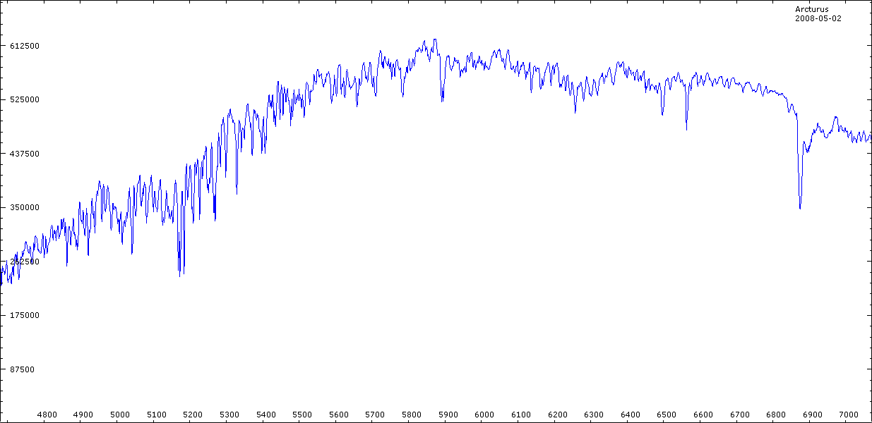

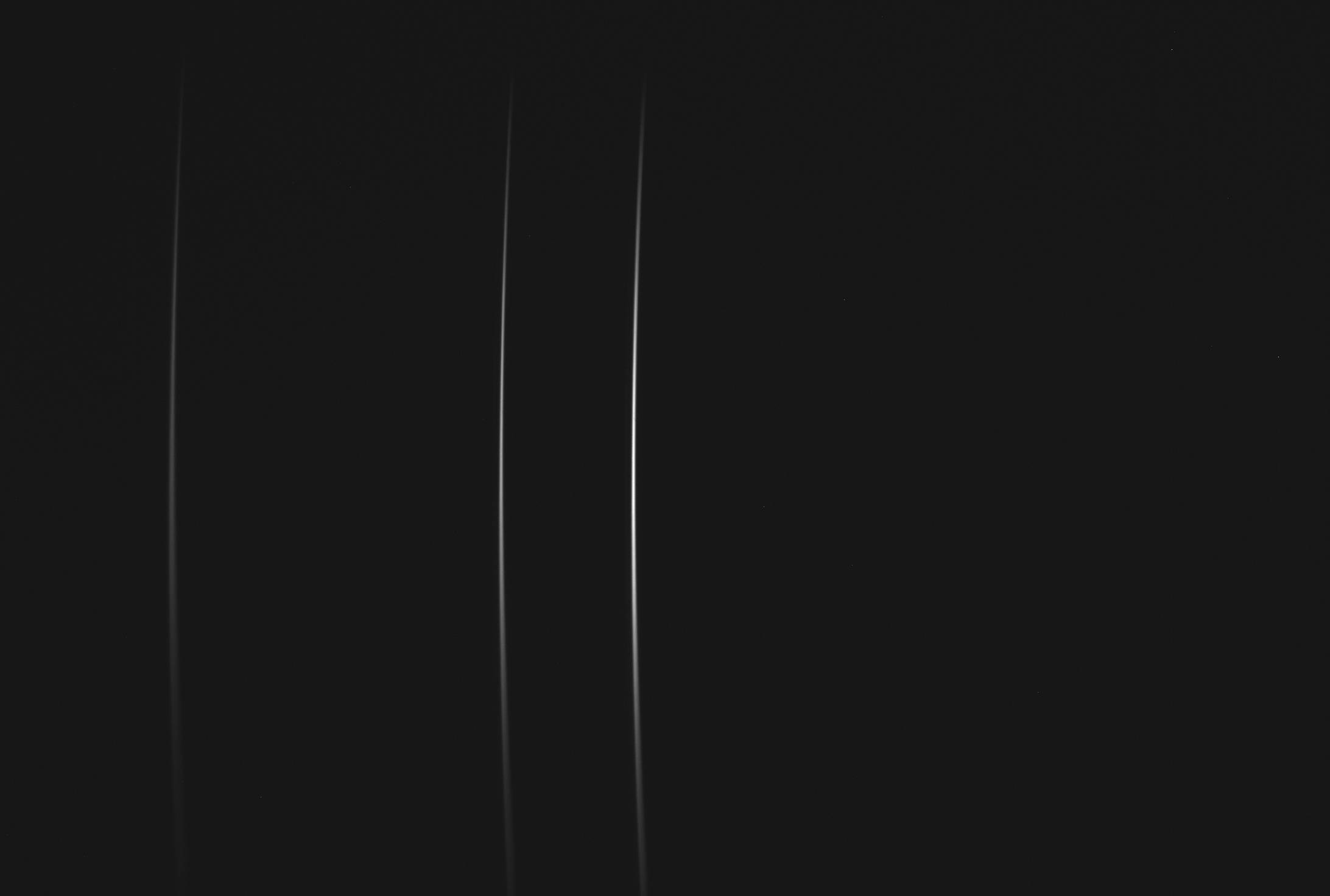

Finally, here is a calibrated spectrum of Arcturus:
It can be seen that the response is approximately doubled by increasing the time by 60s, and that this is consistent across the wavelength range.
It can be seen that the pixels in the middle (which correspond to the light pollution region) have been saturated in the 240s exposure and data has been lost.
For any given wavelength, the response was found to be linear over the range 60s to 240s (where not saturated). Obviously the time domain will be different for objects other than Arcturus, but the response will still be linear.
Below, response approximately corrected for light pollution
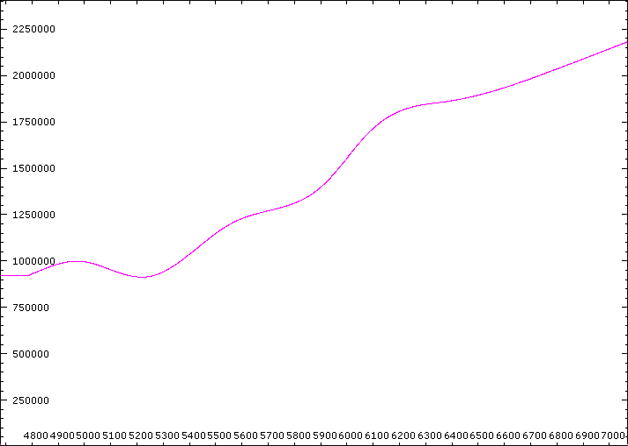
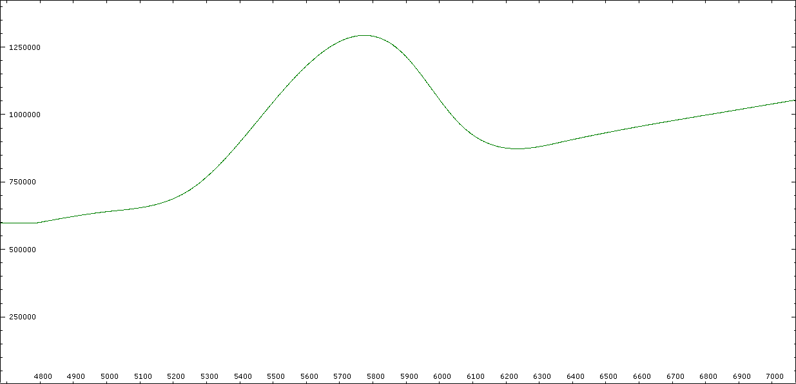
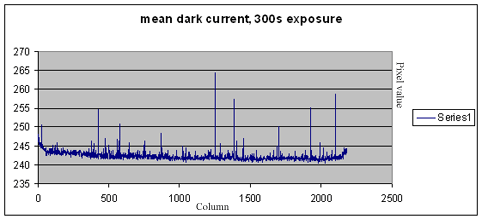
I chose this camera for its sensitivity, linearity and low dark current. It is a scientific camera, as such does not have anti blooming circuitry, but this enables it to have a linear response to increasing number of photons. The camera also has the ability to do things like 1x3 binning which can be useful in spectroscopy.
Above to the left shows a measure of the dark current at -20oC from a 300s exposure. The maximum possible pixel value is about 65535. There are 6 pixels with a value over 10 000, there are 15 pixels with a value over 5 000, 202 pixels with a value over 1000, 1280 pixels with a value over 500. This is from a total of 3,214848 visible pixels. Pretty good I would say!!
To the right is a graph showing the mean dark current from a 300s exposure at -20oC.
The next test was to see what the instrument response was like. I used a 300g/mm grating with a 24um slit on Arcturus, and Visual Spec software to process the data. The first graph below shows the range 470nm to 710nm. The bump in the middle is due to the light pollution which counts as part of the instrument response when correcting the flux. If you correct for the light pollution you get the approximate response of the camera, which is as you might expect from the data sheet for the KAF-3200ME chip. The quoted QE in this spectral range is from about 60% at 450nm to 82% at 650nm.